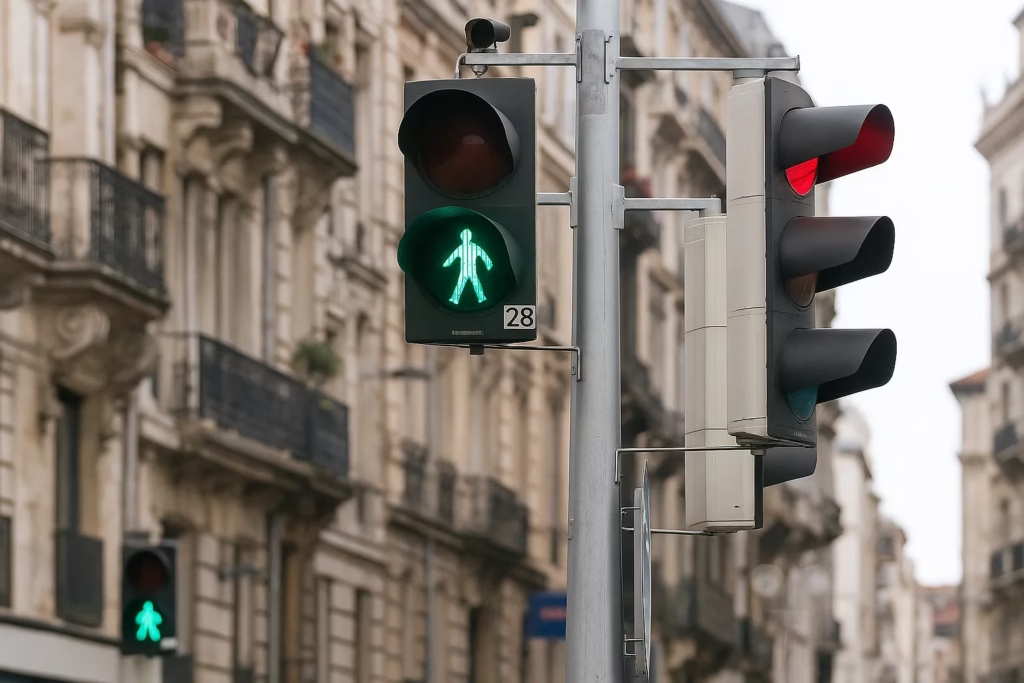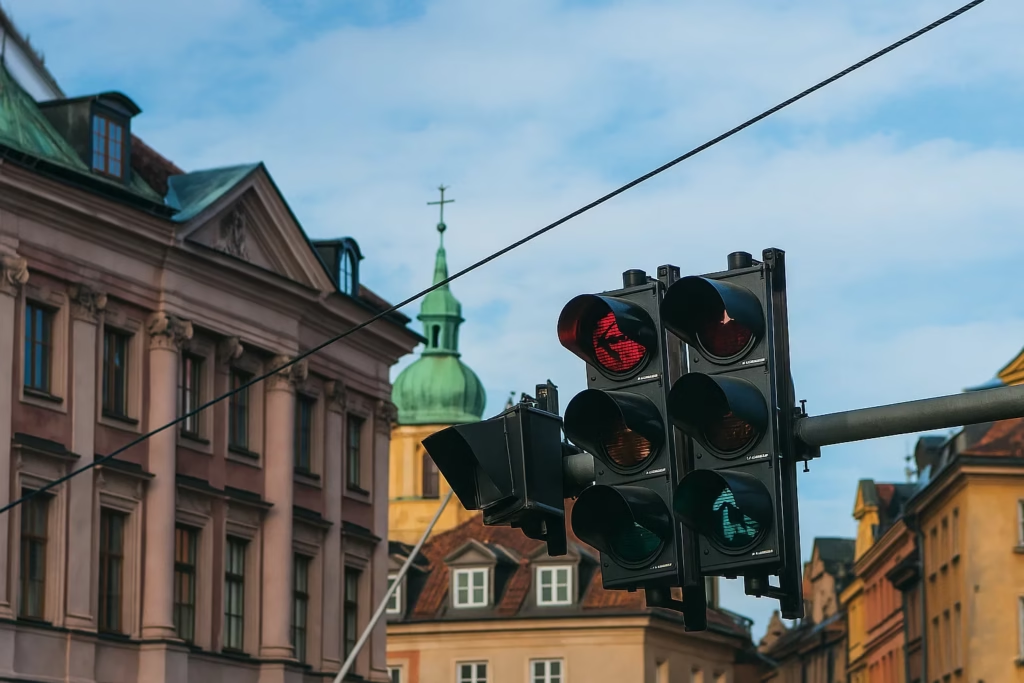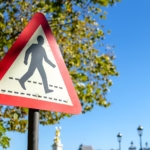If you’ve ever driven in a foreign country, you know how confusing traffic rules can sometimes be. Road signs, lane markings, and even traffic lights may look familiar, but the way they’re used might be slightly different. Latvia is no exception. While Latvia follows European road standards, its traffic light system has a few unique features that are important to understand, especially if you’re a visitor or a new driver.
The Standard Traffic Light System
Like most countries, Latvia uses the classic three-color system:
Red – Stop. Vehicles must not enter the intersection.
Yellow (Amber) – Prepare to stop. If you are already too close to safely stop, you may continue.
Green – Go, but only if the way is clear.
At first glance, nothing unusual here. But Latvia also uses a few special combinations and signals that you should know about.
The Red + Yellow Combination
One of the things that often surprises drivers is the red + yellow combination.
In Latvia, just before the light turns green, both the red and yellow lights show together. This doesn’t mean “go” yet—it means get ready to move.
Most drivers often use this as a signal to put their car in gear and get ready to accelerate the moment the light turns green.
This system helps reduce hesitation time at intersections and keeps traffic flowing more smoothly.
The Green Arrow Signal
Sometimes you’ll see a small green arrow lit up next to a red light. This means that, while the main signal is red, you are still allowed to move in the direction the arrow is pointing—but only if the way is clear.

Pedestrian Traffic Lights
Latvia takes pedestrian safety seriously, and you’ll find dedicated pedestrian signals at most busy crossings.
Green walking man – Pedestrians may cross.
Red standing man – Do not cross.
Some pedestrian lights in bigger cities also include a countdown timer, showing how many seconds are left until the light changes. This helps both walkers and drivers predict the flow of traffic.
Flashing Yellow Lights
At night or during low-traffic times, some intersections in Latvia may switch to a flashing yellow mode.
A flashing yellow light means proceed with caution. The traffic light is temporarily acting as a warning, and drivers must rely on right-of-way rules or signs.
This usually happens late at night when traffic is light, to avoid unnecessary waiting at empty intersections.
Traffic Light Cameras and Fines
Latvia enforces road safety quite strictly. Many traffic lights, especially in cities, are equipped with cameras to catch red-light runners.
Running a red light can lead to a hefty fine and even penalty points on your license.
Unlike in some countries where enforcement is rare, in Latvia it’s taken seriously, so it’s best not to risk it.
Tips for Driving in Traffic Lights
If you’re visiting Latvia and planning to drive, here are some simple tips for handling traffic lights with confidence:
Remember the red + yellow combo – It means get ready, not go yet.
Look for green arrows – They allow specific turns even when the main light is red.
Watch for pedestrians – Always yield if their light is green.
Expect cameras – Don’t risk running a red light.
Stay alert at flashing yellow lights – Follow general right-of-way rules.
Stay patient in cities – Traffic in Riga can be busy, especially during rush hours.
Traffic lights in Latvia may seem standard at first glance, but they do have unique features that make them slightly different from what you might see elsewhere. The red + yellow signal, the green arrows, pedestrian countdown timers, and late-night flashing yellow lights all play an important role in keeping roads safe and efficient.
Discover more from SMOOTHSTEERING
Subscribe to get the latest posts sent to your email.



